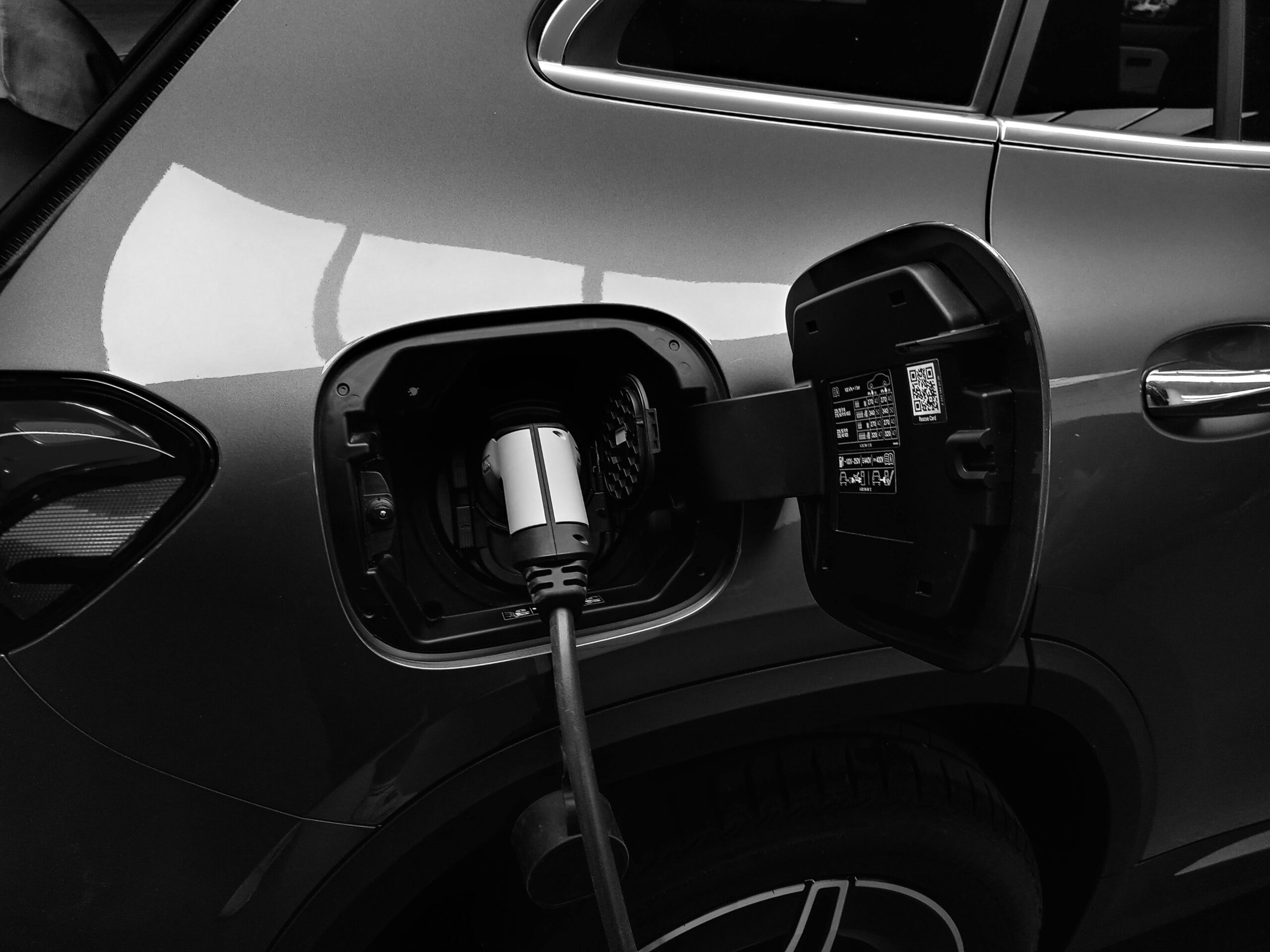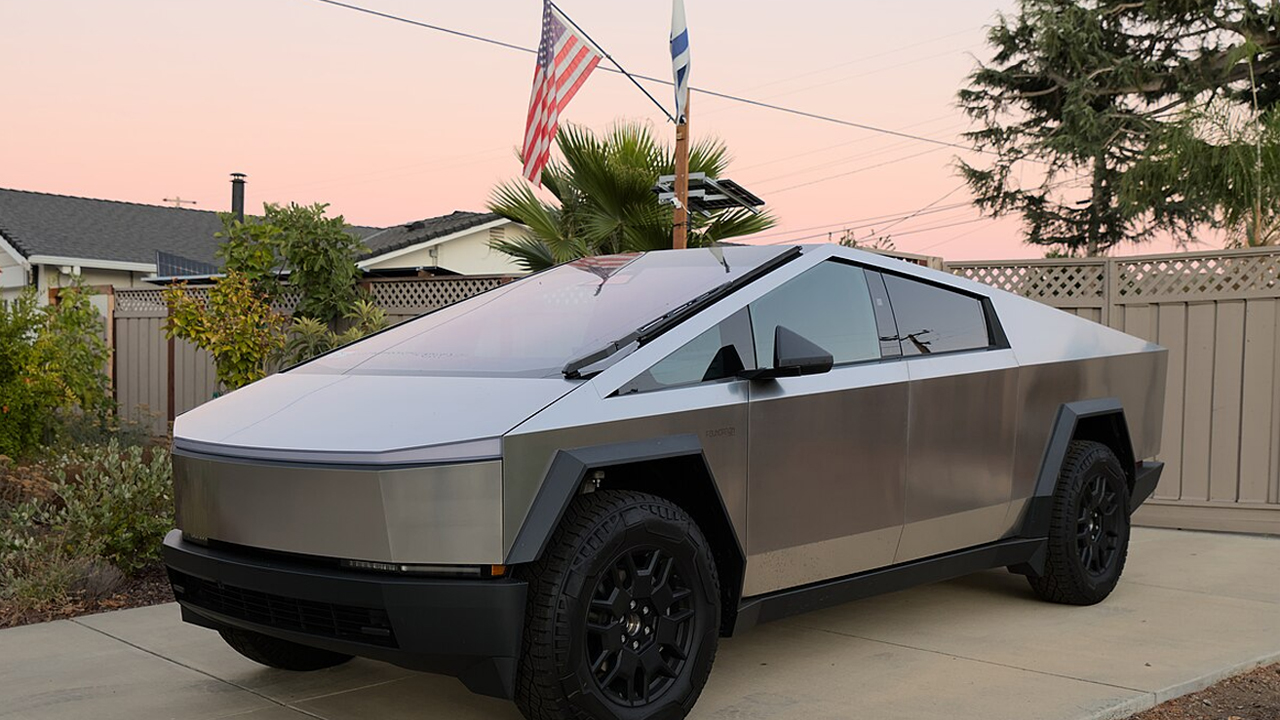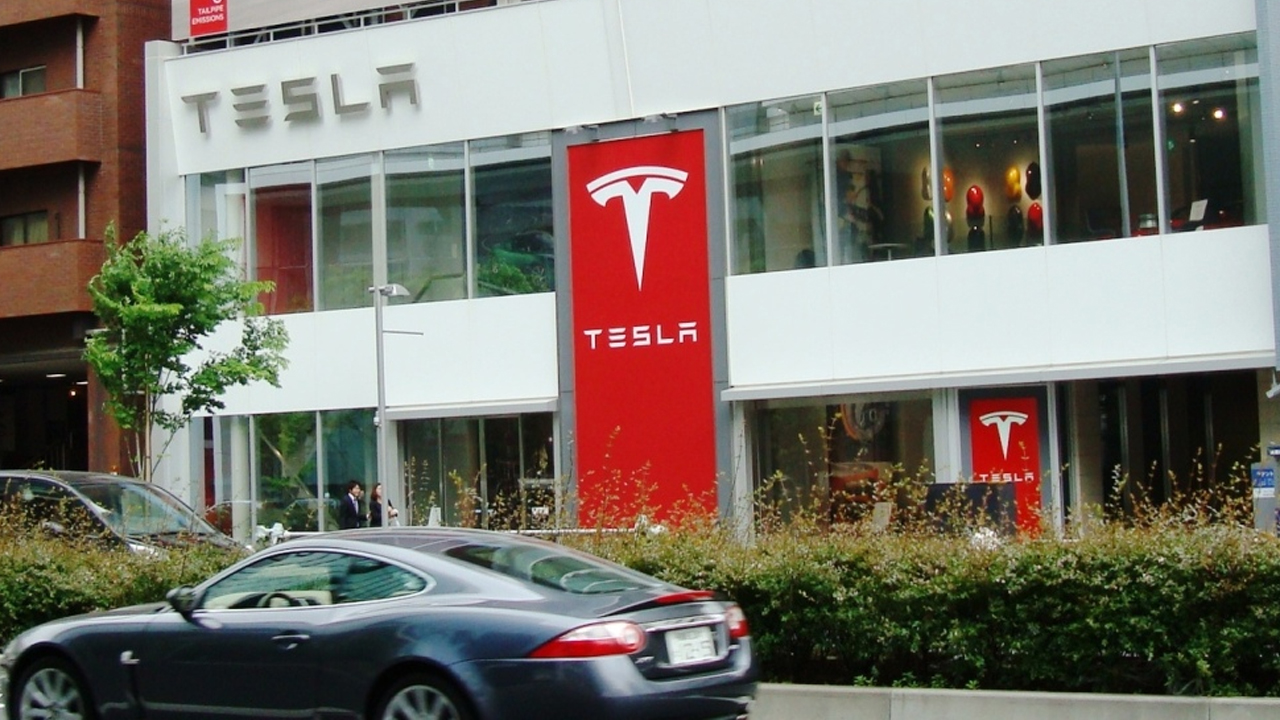When a hybrid supercar claims it can go 1,200 miles on a single tank, it raises a serious question: are electric vehicles already falling behind? While the EV market keeps pushing battery range and charging speed, this new tech quietly leapfrogs both. It doesn’t need massive battery packs or long charging stops—just a smarter system. And it’s not some clunky prototype. It’s fast, sleek, and very real.
This isn’t just about one car. It’s a sign that we may be entering a new phase of clean tech—where the answer isn’t full electric, but something more flexible, more efficient, and way more convenient. Here’s what’s going on.
The Gumpert Nathalie: A Game-Changer in Range
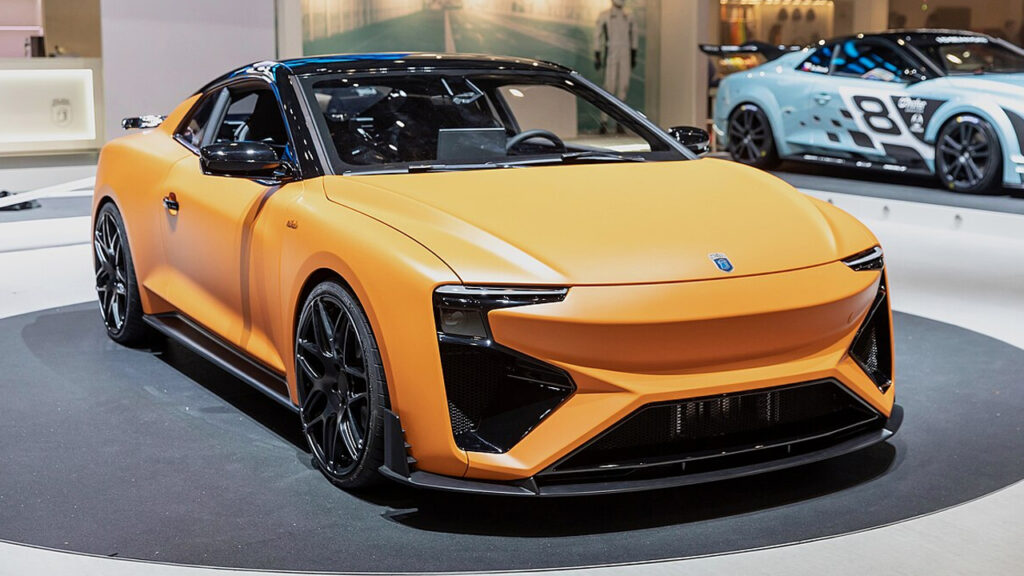
The Gumpert Nathalie, a hydrogen-electric hybrid supercar, is making headlines for its jaw-dropping range—up to 1,200 miles on a single tank. It runs on a methanol fuel cell system paired with four electric motors, delivering 400kW of power. What makes this setup unique is its ability to generate electricity from methanol, meaning it doesn’t rely on large battery packs or long charging times.
This changes the game for anyone who’s been worried about range anxiety. The Nathalie’s system isn’t just efficient—it’s clean, and methanol can even be produced using renewable energy. That means a supercar with real sustainability potential, without the usual tradeoffs. (Source: Wikipedia)
Hybrid Supercars Are Redefining the Rules
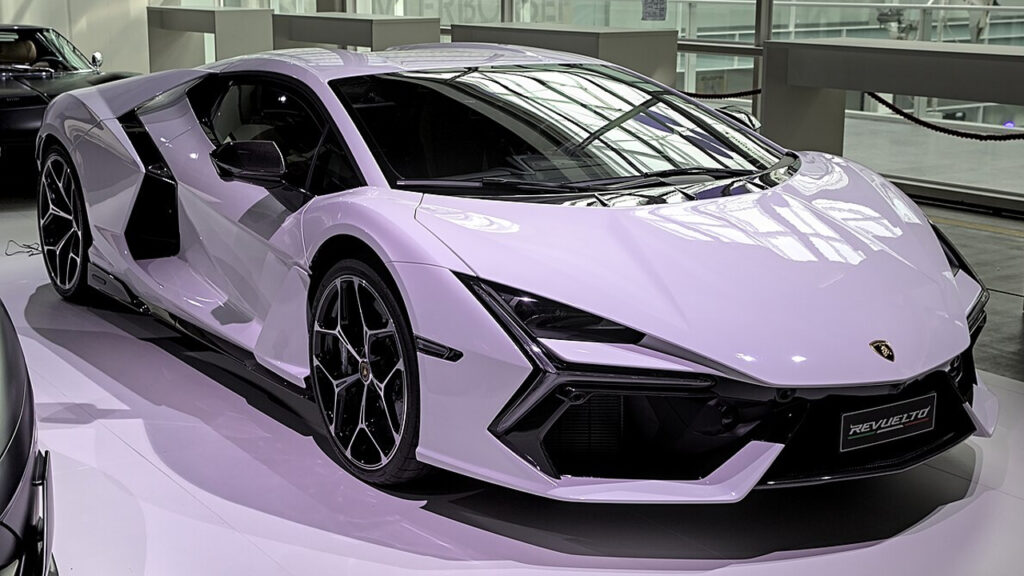
Hybrid tech has come a long way. It’s not just about fuel savings anymore—it’s about performance. Take the Lamborghini Revuelto, which fuses a roaring V12 with three electric motors. The result? Over 1,000 horsepower and a driving experience that feels like the future without completely abandoning the past.
Cars like this prove that you don’t have to choose between power and progress. Hybrid supercars are carving out a new lane—one where performance, range, and sustainability can all coexist. It’s not just niche anymore; this is where things are headed. (Source: Wikipedia)
EVs Still Struggle With Infrastructure Gaps
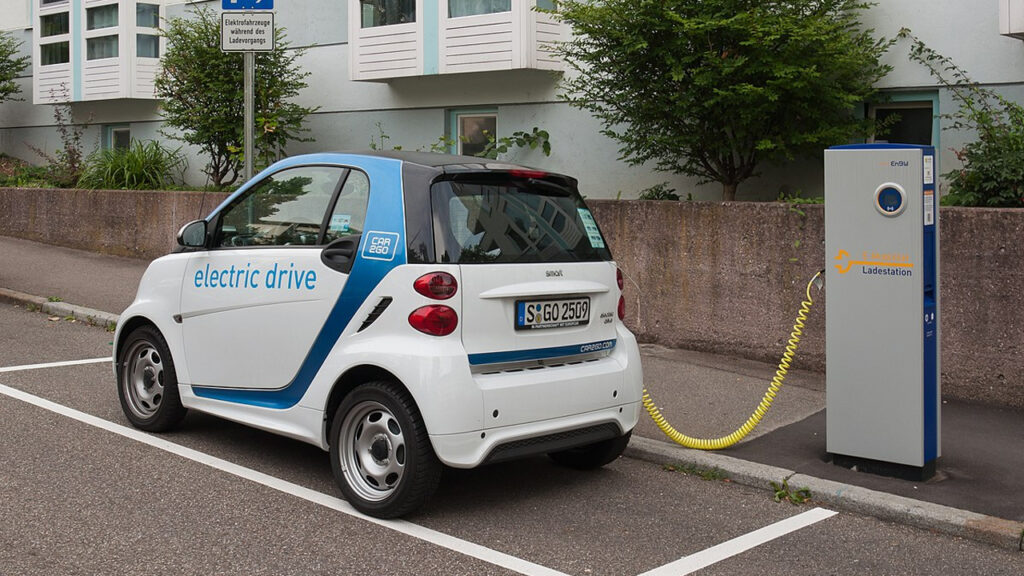
EVs might dominate the headlines, but daily life tells a different story. Charging stations can still be hard to find, especially outside major cities, and even the fastest chargers take time. That’s a real obstacle for anyone on tight schedules or long road trips.
This is where hybrid systems shine. You get the benefits of electric driving without being tied to a charging network. You can fill up at a normal gas station and keep going—no need to plan your route around charging points. (Source: Solar Reviews)
Cleaner Tech Without Full Commitment to EVs

Full EV adoption is still a work in progress, especially when you look globally. But hybrids offer a practical, cleaner step forward. They cut down on emissions and fuel consumption without requiring a total shift in infrastructure or behavior.
The Nathalie’s methanol system is especially promising. It creates electricity on-demand, emits only water and carbon dioxide, and could be a stepping stone to fully renewable fuel sources. This kind of flexibility makes hybrid tech more than just a stopgap—it might be the real bridge to a cleaner future. (Source: Green Car Reports)
Is EV Tech Already Obsolete?
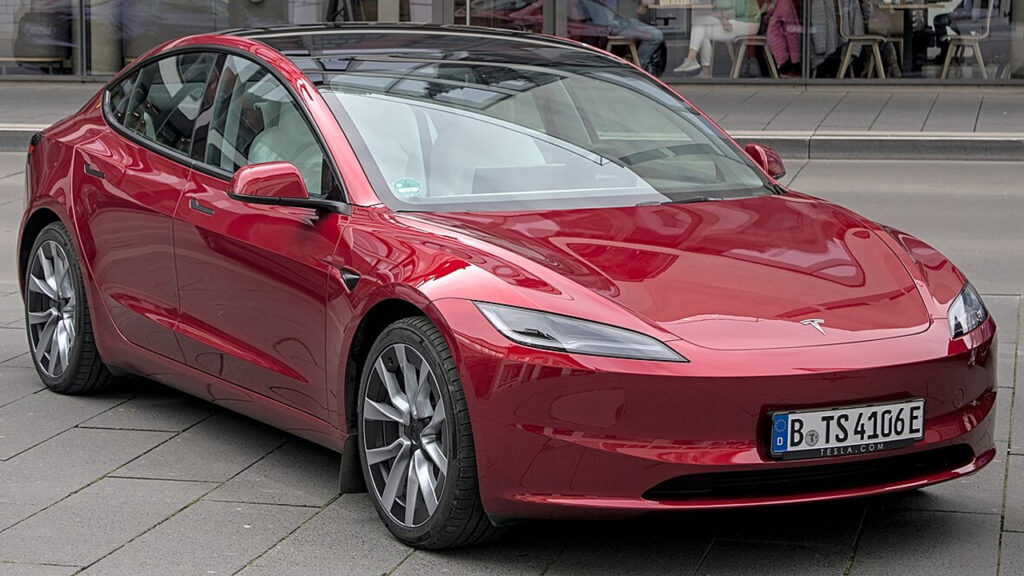
Not quite—but it’s clear that the conversation is shifting. Hybrid vehicles with fuel cell technology are showing us that range, convenience, and sustainability don’t have to be mutually exclusive. That raises tough questions for EV makers still wrestling with infrastructure and range limits.
Electric vehicles aren’t going anywhere, but the rise of ultra-efficient hybrids like the Nathalie shows that the future of transportation might not be fully electric. It might be smarter than that.
